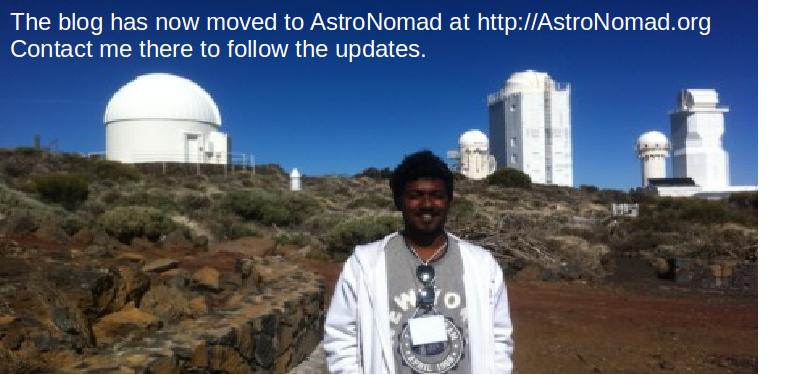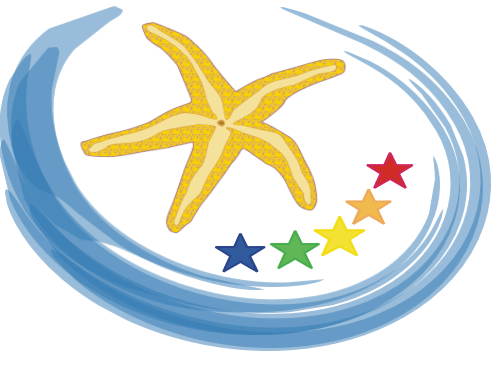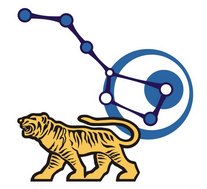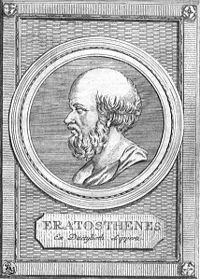
(Galileo Galilei, Il Saggiatore, Cap. VI)
Prove di tal genere potevano essere offerte solo dopo meticolose osservazioni e lo strumento che le avrebbe rese possibili era stato appena inventato. Di ottica si erano occupati Giovanni Battista Della Porta nella sua Magia naturalis (1589) e nella De rifractione (1593), e Keplero nei Ad Vitellionem paralipomena, del 1604, opere dalle quali era possibile pervenire alla costruzione del cannocchiale: ma lo strumento fu costruito per la prima volta, nei primi anni del XVII secolo da artigiani olandesi, indipendentemente da quegli studi. Galileo ne ebbe notizia - e forse anche un esemplare - nella primavera del 1609 e, ricostruito e potenziato empiricamente, il 25 agosto lo presentò come propria invenzione al governo veneziano che, apprezzando l'«invenzione», gli raddoppiò lo stipendio e gli offrì un contratto vitalizio d'insegnamento.
Il Sidereus Nuncius
Per tutto il resto di quell'anno Galileo s'impegnò nelle osservazioni astronomiche: acquisì informazioni più precise sui monti lunari, sulla composizione della Via Lattea e scoprì quattro dei sessantatré satelliti di Giove. Le nuove scoperte furono pubblicate il 12 marzo del 1610 nel Sidereus Nuncius, una copia del quale Galileo inviò al granduca fiorentino Cosimo II, già suo allievo,insieme con un esemplare del suo cannocchiale e la dedica dei quattro satelliti, battezzati da Galileo in un primo tempo Cosmica Sidera e successivamente Medicea Sidera («pianeti medicei»).
Sono trascorsi 400 anni da quel glorioso momento e oggi come non mai la nostra sete di conoscenza rappresenta ancora una gola arsa nel deserto.
Il 2009 è stato proclamato Anno Internazionale dell'Astronomia, l'evento che ha dato una svolta all'umanità che ci permette di guardare il cielo e assaporarlo in tutte le sue sfumature.

In Italia il coordinamento delle iniziative è da parte dell'Istituto Nazionale di Astrofisica (INAF) che è l'Ente di Ricerca italiano per l'Astronomia e l'Astrofisica.
L'utilizzo delle missioni spaziali rappresenta un elemento imprescindibile per lo sviluppo della ricerca astrofisica e i ricercatori dell'INAF contribuiscono in modo sostanziale allo sviluppo dei programmi scientifici e alle ricerche condotte con le missioni dell'Agenzia Spaziale Italiana (ASI), dell'Agenzia Spaziale Europea (ESA) e della NASA.
Quale migliore occasione per esplorare l'universo con i potenti mezzi messi a disposizione da innumerevoli Osservatori sparsi su tutto il territorio.
IYA2009 (The International Year of Astronomy 2009), a cui partecipano più di 100 Paesi, riveste grande importanza sul piano culturale e si pone, con i progetti di eventi e manifestazioni per il pubblico, degli obiettivi "alti" che toccano, tra gli altri, temi come il ruolo della scienza e il suo contributo alla società e alla cultura, la crescita dei Paesi in via di sviluppo, l'a
 vvicinamento dei giovani all'Astronomia, ed alla scienza in generale, la riscoperta del cielo come eredità universale dell'uomo, lo sviluppo sostenibile.
vvicinamento dei giovani all'Astronomia, ed alla scienza in generale, la riscoperta del cielo come eredità universale dell'uomo, lo sviluppo sostenibile.Attraverso l'osservazione del cielo tutto il mondo può riscoprire ciò che ormai da tempo, a causa dell'inquinamento luminoso e la frenesia quotidiana tende a farci dimenticare.
Abbiamo un posto nell'Universo seppur infinitesimale da ca. 4 miliardi di anni.
E come diceva un saggio siamo particelle cosmiche...
Iniziative in Italia
http://www.astronomy2009.i
-----------Today's post is written by my Italian facebook friend & fellow astronomer Mr. David Longo on "We have an Infinitesimal Place in the Universe" upon my invitation. I would like to thank David on this occasion for his immense contribution and would take this opportunity to cordially request him to keep blogging and continue updating with Astronomy in Italy. Thank you again, David...
Desh ------------------
If you have trouble in reading Italian please use Google translator tool.


























